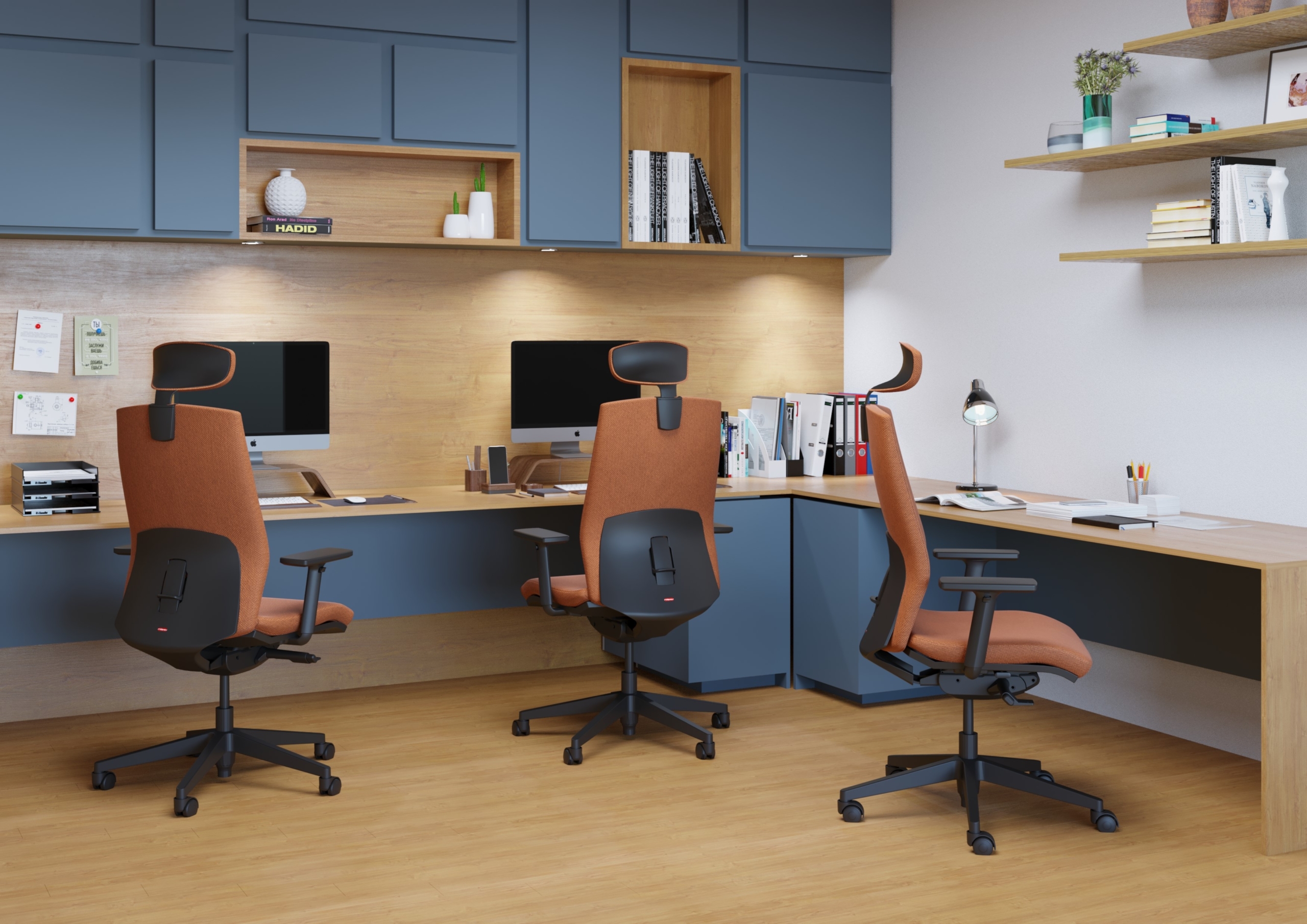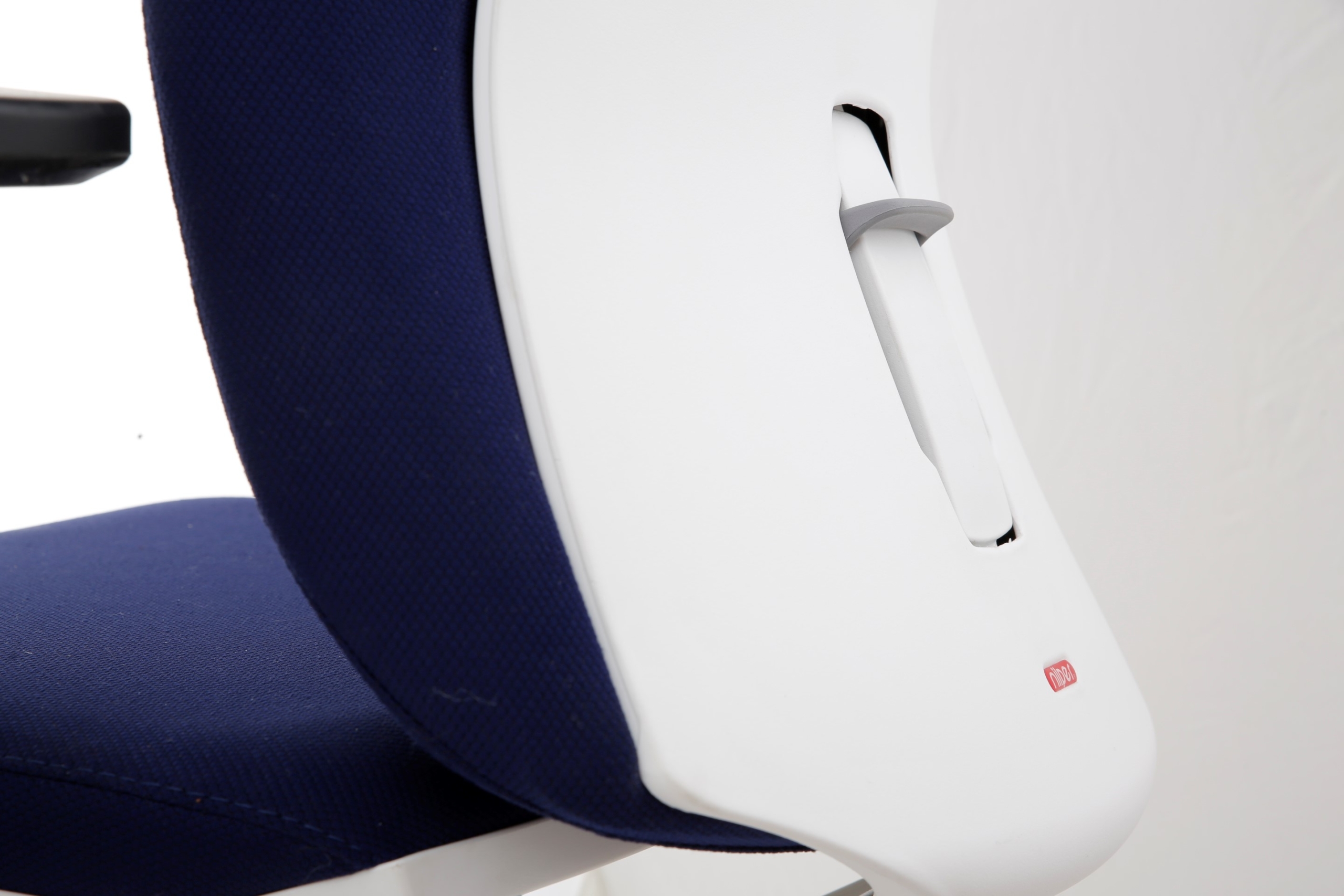How to buy an office chair: 5 tips to help you choose
“Approach your purchase in the right way, or you might live to regret it”

850 series – Artinn
There are a number of key factors to consider when you’re deciding what office chair to buy. What’s your budget? Is it a good idea to buy second-hand? Do you want a fully ergonomic chair? And what other major considerations are involved in ensuring – to the best of your ability – that you’re buying a good office chair?
In this article, we’ll take a look at five vital points in any office chair purchasing decision
1. Decide on your budget (and consider second-hand)

The most basic consideration when buying an office chair is to first decide how much you want to spend – because a lot of other factors and decisions will directly relate to your available budget.
There are certainly a wide range of different chairs out there, with price tags ranging from very cheap to incredibly expensive. Some of the top office chairs can cost in excess of a thousand dollars (or pounds), and indeed there are executive chairs which might run to two or three grand.
Although in our opinion, there’s really no need at all to go much over $500 at the most, unless money is no object and you want to make a statement of some kind (but bear in mind that some of those super-pricey executive chairs focus on finish, trimming and loads of padding at the expense of real ergonomics – so even then, tread carefully).
Similarly, at the budget end of the market, you can pay less than $50 for an office chair. However, we wouldn’t recommend a bargain basement product either, unless you’re on an extremely tight budget of course, and needs must. Realistically, you should be looking to spend around the $200 mark minimum – or thereabouts – for a decent office chair. (And a bit more if you want something really sound, ergonomically speaking – more on that later – which will likely pay-off in the long-run in terms of its durability and lengthy guarantee; buy cheap, buy twice, as they say).
An alternative route the budget-conscious may wish to consider is buying a second-hand chair. This could be a tempting way to go with the high-end office chairs which can be very costly, simply because you can get them at far more reasonable prices. With second-hand, your budget will go a lot further, and after all, generally speaking those premium chairs are built to last a long time, so having some miles on the clock may not matter much.
The downsides, of course, are that you don’t get that really long manufacturer guarantee, and the chair is used, so the condition may not be optimal. But still, if you buy from a trusted and well-reviewed retailer that deals in second-hand office chairs, you can end up with a bargain of a seat which is as good as new. As always, though, there are risks with buying used equipment, and we’d certainly try to buy from an established retail outlet rather than just some random on online shops.
2. Type of chair

40 series – Artinn
Another major consideration is, naturally enough, the type of chair you want. There are many different designs, and your workspace might dictate some requirements in this regard.
For example, do you have very little space and a small desk? Or maybe even a standing desk? If so, there are compact task chairs, or even stool-type seats, which will be your best bet in this case. There are also chair designs which don’t have armrests, and may not have a headrest. Are these elements important to you? You need to bear all these kind of considerations in mind when selecting the right chair for your particular needs.
Another key point here is the type of finish: do you want a fabric chair, or perhaps a leather model? The latter looks plusher, copes better with spills and the like, being easy to clean, and may feel nicer in some respects – but a good quality fabric will be cheaper and will perform better in hot weather. Speaking of the latter, if breathability is really important to you, then you’ll want to hunt for a chair with some kind of mesh back.
3. Are ergonomic considerations important?

88 series – Artinn
Do you want an ergonomic office chair? By this, we mean a chair which offers a whole range of various adjustments for every different part, and one that’s designed with ergonomic performance in mind (these do, naturally enough, tend to be the more expensive models).
Of course, every office chair is designed and tested to be somewhat ergonomic and comfortable – you’d assume, anyway – but some only offer the most basic of adjustments, namely being able to change the height of the seat, and perhaps the tilt of the backrest.
Ergonomic models will go much further, and allow for adjustment of the positioning of the seat pan (sliding it forwards or backwards), and the same for the backrest, as well as the tension of the recline action pertaining to the latter. You may also be able to adjust the height or positioning of the armrests, and the headrest, and perhaps more besides.
The point is that with these chairs, you can really tailor the seating position to your own personal needs and body shape. Often ergonomic models benefit from clever design touches and technologies, too. innovation indeed.
4.Don’t underestimate lumbar support
While budget chairs won’t have any kind of adjustable lumbar support, with a midrange or above office chair, you should look for this feature. Some chairs may have it as an optional extra, and it’s well worth the additional (usually relatively small – maybe $25 or so) outlay.
That’s because the positioning of your back is crucial when it comes to a comfortable seat, so the ability to change the backrest to better accommodate your lower-back is a feature most definitely worth having if at all possible. Some more expensive chairs, like the Freedom we just mentioned, may even have a self-adjusting mechanism for the backrest.

5. Try out chairs if possible

66 series – Artinn
Naturally, it’s true that office chairs are a subjective matter in some respects – one person might find a particular seat firm and comfortable in terms of the padding, while another might think it’s too hard and unforgiving. The same can be true about the design of the backrest or other elements.
This being the case, if it’s at all possible, take the time to go to a bricks-and-mortar office outlet or retail shop in order to try out a chair you’re thinking of buying, if you can find it on sale. Or just have a sit in various chairs to give them a quick test – this can be a useful exercise in giving you a better idea of what you might want to look for.
That said, sitting in a chair for five minutes is no cast-iron guarantee of suitability – you’ll only really know the truth of how well it suits you after using it for an entire day (or more to the point, for a number of weeks, really). Still, you can at least get some idea of how the land lies, and indeed eliminate a prospective purchase that you know doesn’t feel right from the off.
By Darren Allan









